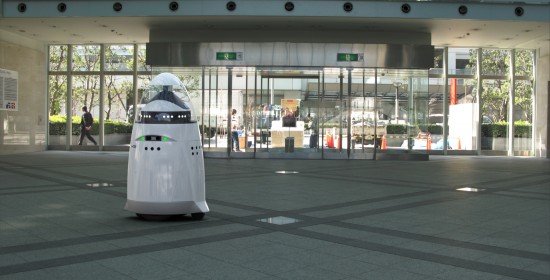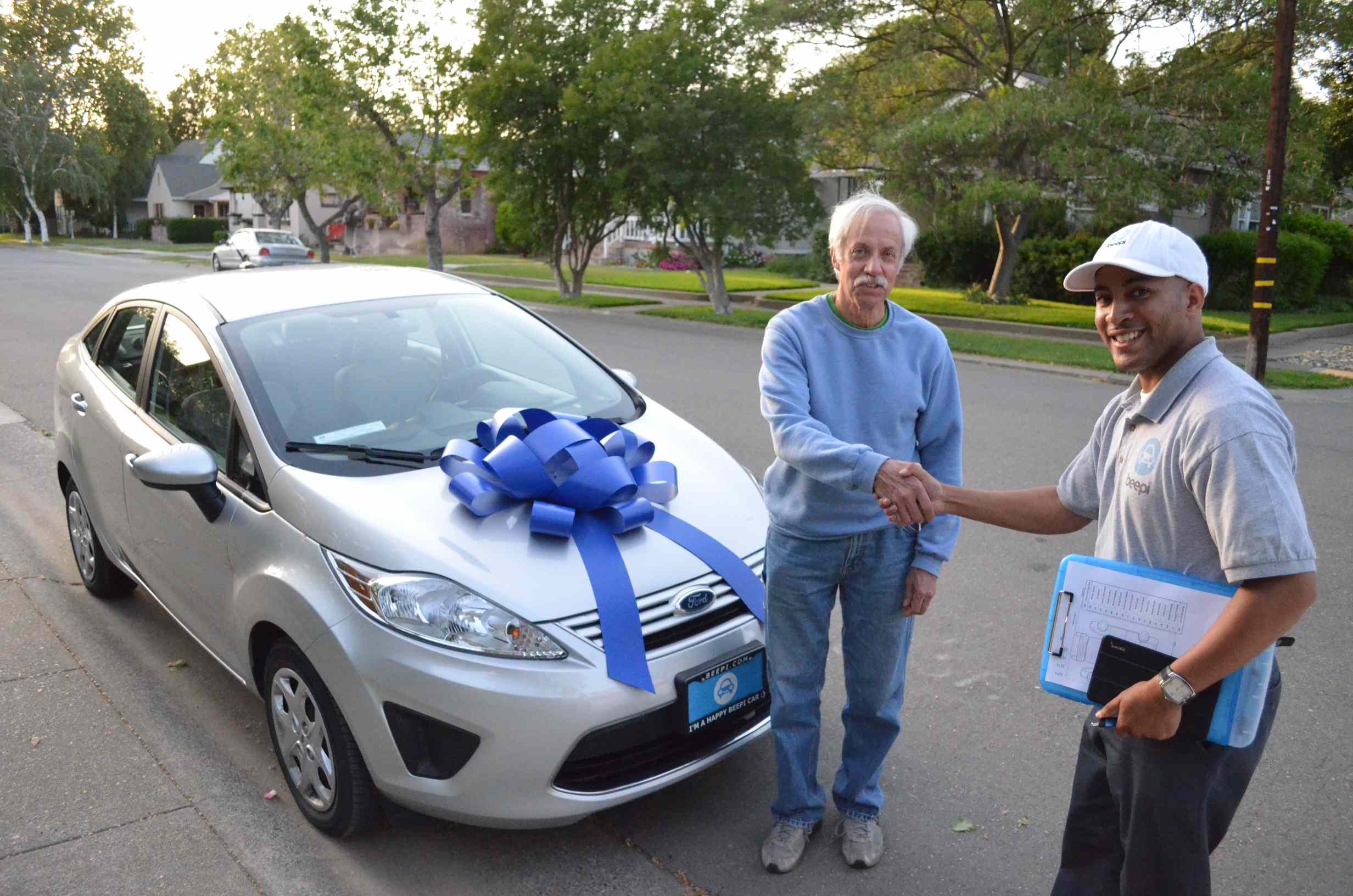 A Q&A with Knightscope co-founder and VP of marketing and sales Stacy Stephens. The Mountain View, California-based startup, which has developed Autonomous Data Machines for physical, on premise security purposes, announced the closing of a $1.5 million Seed funding round at the start of April from a group of investors that includes NTT DOCOMO Ventures. It was founded in 2013 by Stephens and William Santana Li.
A Q&A with Knightscope co-founder and VP of marketing and sales Stacy Stephens. The Mountain View, California-based startup, which has developed Autonomous Data Machines for physical, on premise security purposes, announced the closing of a $1.5 million Seed funding round at the start of April from a group of investors that includes NTT DOCOMO Ventures. It was founded in 2013 by Stephens and William Santana Li.
SUB: Please describe Knightscope and your primary innovation.
Stephens: Crime has a $1 trillion-plus negative economic impact on the economy, and Knightscope’s goal is to cut that in half with its K5 Autonomous Data Machines.
The Knightscope K5 fuses autonomous robots, predictive analytics, and collaborative social engagement to provide a commanding but friendly physical presence that gathers important real-time, on-site data through its numerous sensors. Data collected through these sensors is processed through our predictive analytics engine, combined with existing business, government, and crowdsourced social data sets, and is subsequently assigned an alert level that determines when the community and the authorities should be notified of a concern.
Knightscope’s self-driving robots will help society build safer, engaged communities, while reducing costs and crime.
SUB: Who are your target markets and users?
Stephens: The Knightscope K5 may be used in many industries and environments. The human attention span during monotonous, boring tasks is only five-to-ten minutes. And with turnover rates as high as 400 percent, the security profession’s quality-to-cost ratio is limited. Knightscope’s primary goal is to allow customers to utilize the best of Silicon Valley to put machines to work in those routine, monotonous, and sometimes dangerous situations, thus freeing up humans to do the more hands-on and strategic activities.
SUB: Who do you consider to be your competition, and what differentiates Knightscope from the competition?
Stephens: Knightscope is the only company that fuses autonomous technology, predictive analytics, robotics and collaborative social engagement. We have first mover advantage.
SUB: You just announced that you’ve raised $1.5 million in Seed funding. Why was this a particularly good time to raise outside funding?
Stephens: We believe that Knightscope has the right vision, the right team and the right product at the right time. Similar to the microcomputer revolution of the early eighties and the massive adoption of the World Wide Web in the nineties, we strongly feel that we are on the leading edge of the autonomous technology and robotics revolution. It is an extraordinarily exciting time to be developing autonomous robots for such a noble cause—the prediction and prevention of crime.
SUB: How do you plan to use the funds, and do you have plans to seek additional outside funding in the near future?
Stephens: Funding from Knightscope’s oversubscribed Seed round will be utilized to continue beta testing of its K5 Autonomous Data Machine. Unfortunately, we are not making any announcements regarding future funding at this time.
SUB: What was the inspiration behind the idea for Knightscope? Was there an ‘aha’ moment, or was the idea more gradual in developing?
Stephens: Knightscope was originally founded in response to the tragic events at Sandy Hook and the Boston Marathon. We believed that we could greatly reduce crime by effectively crowdsourcing security—we would provide the public with open, transparent access to real-time data and alerts and allow them to contribute important information to authorities to more rapidly and effectively save lives and money.
Our long-term goal is to show that with a combination of hardware, software, and collaborative social engagement, we will cut crime by 50 percent.
SUB: What were the first steps you took in establishing the company?
Stephens: A great company is only as good as its weakest link. Our first steps in establishing the company were to define the company’s DNA—a philosophy and set of principles to be driven through the entire organization—and begin hiring a stellar team capable of executing the plan.
SUB: How did you come up with the name? What is the story or meaning behind it?
Stephens: Great question. Branding is very important to us, so we actively sought out a name with a meaning that resonated with the corporate vision. In the Medieval period, a Knight was an honorary title granted to those who conducted themselves honorably and selflessly in service of their country. Knights became associated with a higher code of conduct and nobility. The K5 Autonomous Data Machine is capable of seeing, hearing, feeling and smelling its surroundings to effectively ‘scope-out’ the situation. As a result, we have ‘Knightscope.’
SUB: What have the most significant challenges been so far to building the company?
Stephens: Perception related to privacy. While Knightscope’s K5 platform is unique in appearance and delivery system, the security service that it provides is commonly accepted in the public domain. People already accept the presence of the police K-9, the mall cop, the camera at the ATM and surveillance systems in place at your local department or grocery store. Knightscope is simply adding dimension to help augment public safety in a mobile form factor, which is why we are quick to distance ourselves from the perception of being a ‘RoboCop.’ The Knightscope K5 is a next-generation monitoring system and a device used to observe and report. We wish to provide the private security and law enforcement industry a new set of tools to do their jobs much more effectively and help keep communities safe.
SUB: How do you generate revenue or plan to generate revenue?
Stephens: For a basic version, Knightscope intends to offer each K5 on a Machine-as-a-Service (MaaS) basis at $1,000 per eight-hour shift—that’s less than $5 per hour.
SUB: What are your goals for Knightscope over the next year or so?
Stephens: The Knightscope K5 is the first form factor being offered, and it will empower public and private sectors to proactively build stronger, safer communities. However, the platform is scalable to perform in other areas, which we are exploring. Once the K5 is perfected, there is no reason why it cannot be scaled to small, medium, large, and extra-large sizes to accommodate different use cases.
















